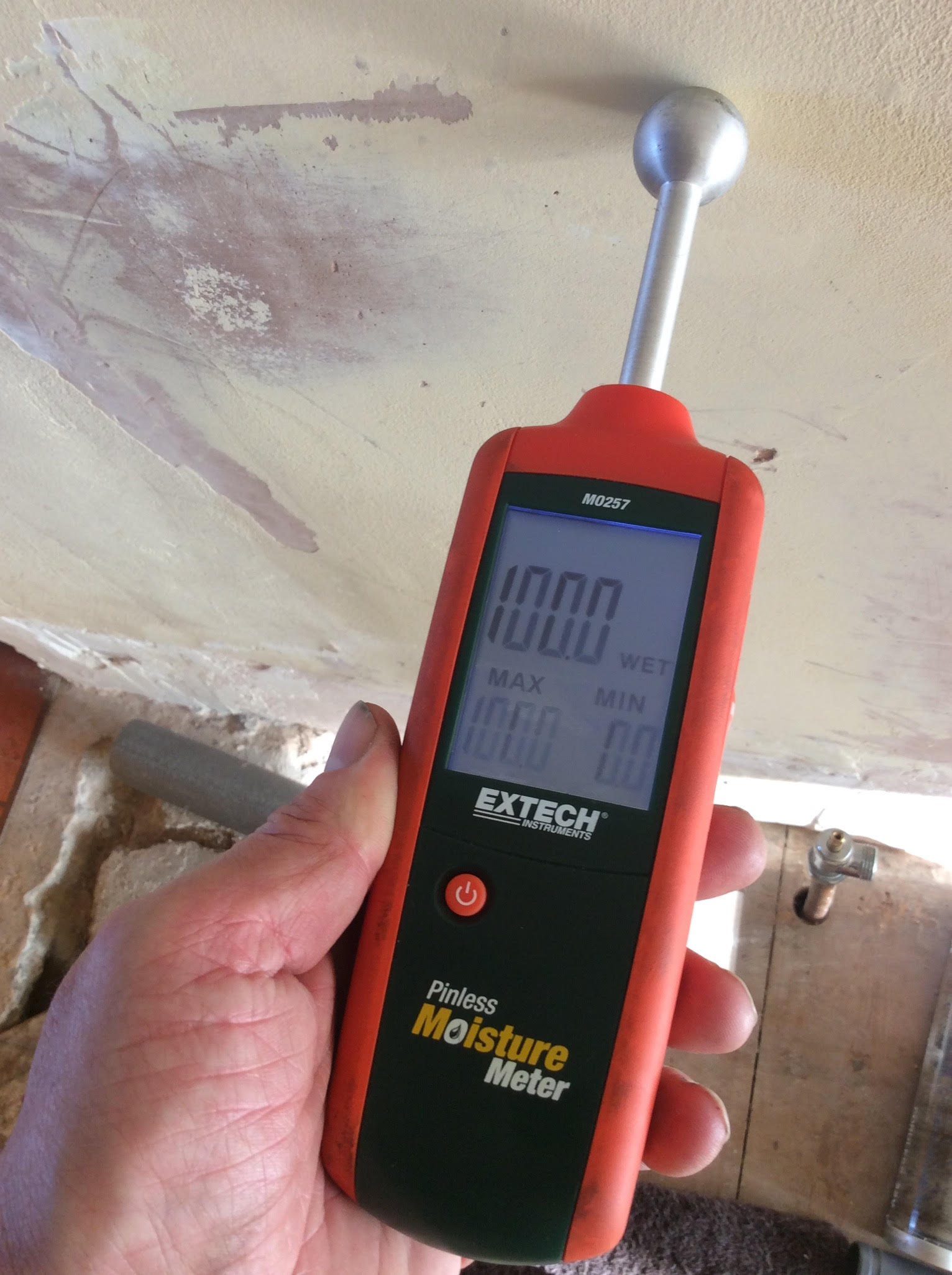Cutting-edge Solutions for Very Early Discovery of Water Leaks in Structures and Framework
As the stability of structures and infrastructure is vital, the challenge of very early detection of water leakages has actually spurred ingenious solutions that assure to change the means we protect against possible damages. From cutting-edge leakage detection technologies to the release of IoT sensors for real-time monitoring, the landscape of leak avoidance is evolving quickly. Artificial intelligence formulas supply a peek right into the future of leakage forecast, while thermal imaging presents a non-intrusive approach for identifying concealed leaks. Automated water circulation evaluation systems are reshaping exactly how leaks are recognized and resolved, paving the way for a positive technique to water leak detection. Each of these remedies holds the crucial to making certain the dependability and longevity of our built atmosphere, prompting a change in the direction of a more sustainable and efficient future.
Advanced Leak Detection Technologies
Advanced leak detection innovations, furnished with advanced sensors and algorithms, play a crucial function in swiftly recognizing and pinpointing water leaks in different settings. These modern technologies employ a mix of acoustic, thermal, and electro-magnetic noticing techniques to discover leakages accurately. Acoustic sensors spot the sound of getting away water, enabling accurate localization of the leak resource. Thermal imaging spots temperature modifications brought on by water leakage, supplying another effective method for leak identification. Electromagnetic sensing units can identify modifications in magnetic fields brought on by water, providing yet an additional layer of leak discovery ability.

IoT Sensors for Real-Time Surveillance
In the world of modern water leak detection, the integration of IoT sensing units for real-time monitoring stands for a critical improvement in improving proactive leak discovery capabilities. These sensing units provide continual monitoring of water systems, giving real-time information on water flow rates, stress variants, and temperature level adjustments. By leveraging IoT technology, these sensing units can find also the tiniest anomalies in water usage patterns, making it possible for early identification of possible leakages prior to they rise right into major concerns.
IoT sensing units transmit information to a centralized system, where innovative algorithms examine the details and produce signals or notifications when irregularities are identified. This real-time surveillance ability permits building owners or center managers to promptly attend to leaks, decreasing water damages, lowering repair service prices, and saving water sources.
In addition, IoT sensors can be integrated with structure management systems, permitting computerized feedbacks to spotted leakages, such as closing off water valves or activating pumps to reduce the impact of leaks. On the whole, the application of IoT sensors for real-time tracking dramatically boosts the effectiveness and efficiency of water leak discovery in structures and infrastructure.
Machine Learning Algorithms for Leak Forecast

One secret benefit of using equipment discovering for leak forecast is its ability to constantly find out and enhance its accuracy in time. As more information is collected and fed into the algorithm, it can refine its predictions and adjust to transforming problems, inevitably enhancing the integrity of leak discovery systems.
Furthermore, artificial intelligence formulas can assist in recognizing refined indicators of leakages that may go undetected by standard tracking methods. water leak detection. By examining complex information collections in real-time, these algorithms can websites provide very early warnings and signals, permitting prompt treatment and precautionary upkeep to reduce possible water damages and associated expenses
Making Use Of Thermal Imaging for Leakage Detection
Thermal imaging modern technology supplies an appealing technique for identifying water leaks in numerous systems and facilities. By using infrared radiation and temperature level differences, thermal imaging video cameras can identify hidden leakages that are not quickly visible to the naked eye.
Among the key advantages of thermal imaging for leakage discovery is its non-intrusive nature. Unlike conventional techniques that might call for getting into wall surfaces or floorings to situate leaks, thermal imaging enables non-destructive screening. This not just saves time and minimizes prices however additionally lessens interruption to the building or infrastructure being assessed. Additionally, thermal imaging can rapidly scan large areas, providing a thorough summary of potential leak resources in a timely manner. In general, using thermal imaging technology improves the effectiveness and accuracy of water leakage detection, making it a beneficial tool for maintaining the honesty of get redirected here buildings and infrastructures.
Automated Water Circulation Analysis Systems
How can automatic water circulation evaluation systems reinvent the detection and management of leakages in various systems and facilities? Automated water flow analysis systems supply a positive method to leakage discovery by constantly monitoring water flow rates and patterns. By developing standard data, these systems can swiftly recognize deviations that might show a leak, making it possible for prompt intervention to stop extensive damage.
These systems utilize innovative formulas to analyze real-time information and give immediate notifies when abnormalities are discovered, permitting quick activity to be taken. Additionally, automated water circulation analysis systems can be integrated with building administration systems or IoT systems, improving total efficiency and enabling remote monitoring capacities.
In addition, the information collected by these systems can be made use of for predictive maintenance purposes, aiding to determine possible powerlessness in the framework before leakages occur. Generally, the application of automated water circulation evaluation systems can considerably boost leak discovery and monitoring methods, eventually resulting in cost financial savings, lowered water waste, and boosted sustainability in buildings and infrastructure.

Verdict
In conclusion, the integration of advanced leak detection innovations, IoT sensing units, artificial intelligence formulas, thermal imaging, and computerized water circulation evaluation systems supplies cutting-edge options for very early discovery of water leakages in buildings and facilities. These innovations allow real-time monitoring, prediction of leaks, and reliable detection methods to stop water damage and wastefulness. Applying these remedies can assist in preserving the stability and sustainability of water systems in different settings.